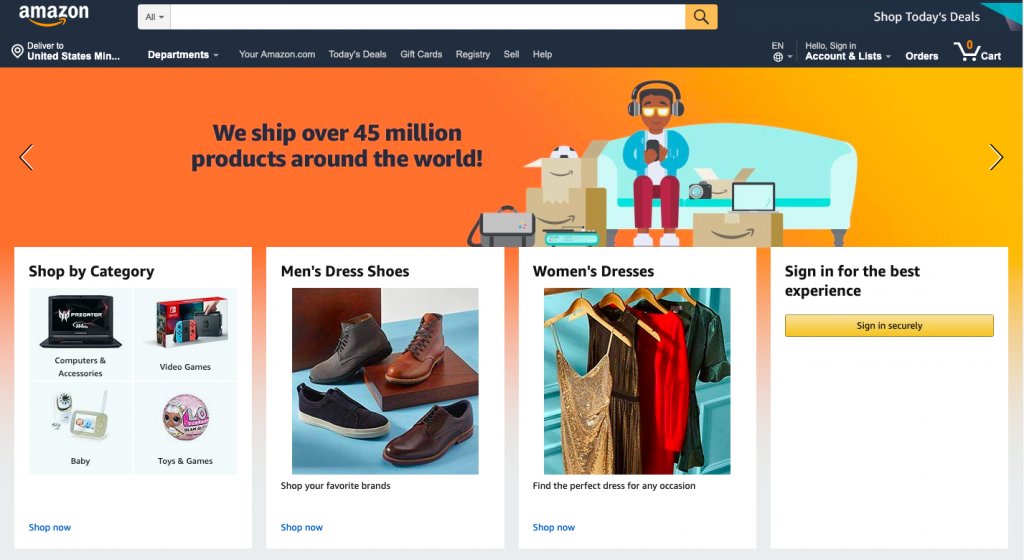
Email is a tried and tested method of email marketing. Cost-effective to run and with the highest ROI of any form of marketing, it’s become an essential part of many companies’ marketing strategies, especially as it’s possible to grow huge subscriber lists over time. However, with more consumers now preferring other forms of communication, like texts, private messaging and app notifications, email is having to move with the times in order to keep recipients engaged. Here, we’ll look at some of the ways email marketing is expected to develop in the near future.
1. Personalisation on the rise

In an effort to increase opening rates and conversions, many companies are now turning to personalisation in order to make marketing emails more relevant to their subscribers. The solution that makes this possible is the use of cloud-based AI and machine learning applications. Their ability to carry out big data analysis of customer behaviour provides insights that can be used to trigger automated, personalised emails, sent out at the optimal time, to improve the chances of conversion.
2. Intelligent campaign analytics

Email software used by webmasters has always included some metrical data on email campaigns, providing information about opening rates, clickthroughs and so forth. Today, however, technology has moved forward. With more campaign data being collected and AI and machine learning used to analyse it, companies are able to run far more successful campaigns. Even better, much of the work needing to be done is automated for them. Now, not only is it possible to track how effective a campaign is; you can also use the data to make automated optimisations throughout, enabling the campaign to be constantly tweaked in order to improve its effectiveness.
3. Email reviews

Customer reviews are now essential to the success of a company, with over 70 per cent of all purchasers reading them before deciding to buy. What’s also true, is that the same proportion of customers are also likely to leave a review if you ask them to do so. Email offers a great way to do this as links to review sites can be built into the email copy. Indeed, feedback forms can also be embedded into the emails and the comments received here can be used as user-generated content to send out to other recipients. Not only will more companies do this; we’ll see them using AI to choose the customers who are most likely to write positive reviews.
4. Interactive email content

While getting a user to open an email can be challenging enough, to be of any use, you really need them to read it and take action. With competition from other forms of marketing, emails will need to be far more engaging than the standard text, image and call to action content that most currently contain. Today, more companies are beginning to create emails that have dynamic content which can keep the user engaged and motivate them to click on the CTA, these include embedded videos, hamburger menus, product carousels, rollover images and even animated CTAs.
5. Alexa mail

While efforts to improve the content of emails with dynamic visual content will work with many, an increasing number of people are beginning to abandon the visual email interface in preference for having them read out by smart speakers and voice assistants. This makes it more convenient for users who want to open messages while driving, walking around with their headphones on or wanting to multi-task while making dinner.
With the boom in the number of these voice-enabled devices being sold, an increasing number of emails are going to be opened in this way – though one can imagine that not all users who choose this method will use it all the time. This leaves marketers with a problem of how to communicate effectively with these users. If you send a traditional email, they won’t be able to see any images (only hear the alt-tag read out) and they’ll be unable to click through to any landing page. At the same time, neither you nor the user might know how the email will be accessed, until the moment it is. Overcoming these issues will be a major challenge to email marketers as the number of smart speakers grows.
Conclusion
While alternative modes of communication are challenging email as the preferred means of receiving marketing, the future promises to deliver some important developments that will make it even more appealing to both company and customer alike. Personalisation and interactive content will make emails more relevant and engaging and data-driven analytics will improve campaign performance. On the negative side, however, email needs to adapt to the smart speaker era.
















